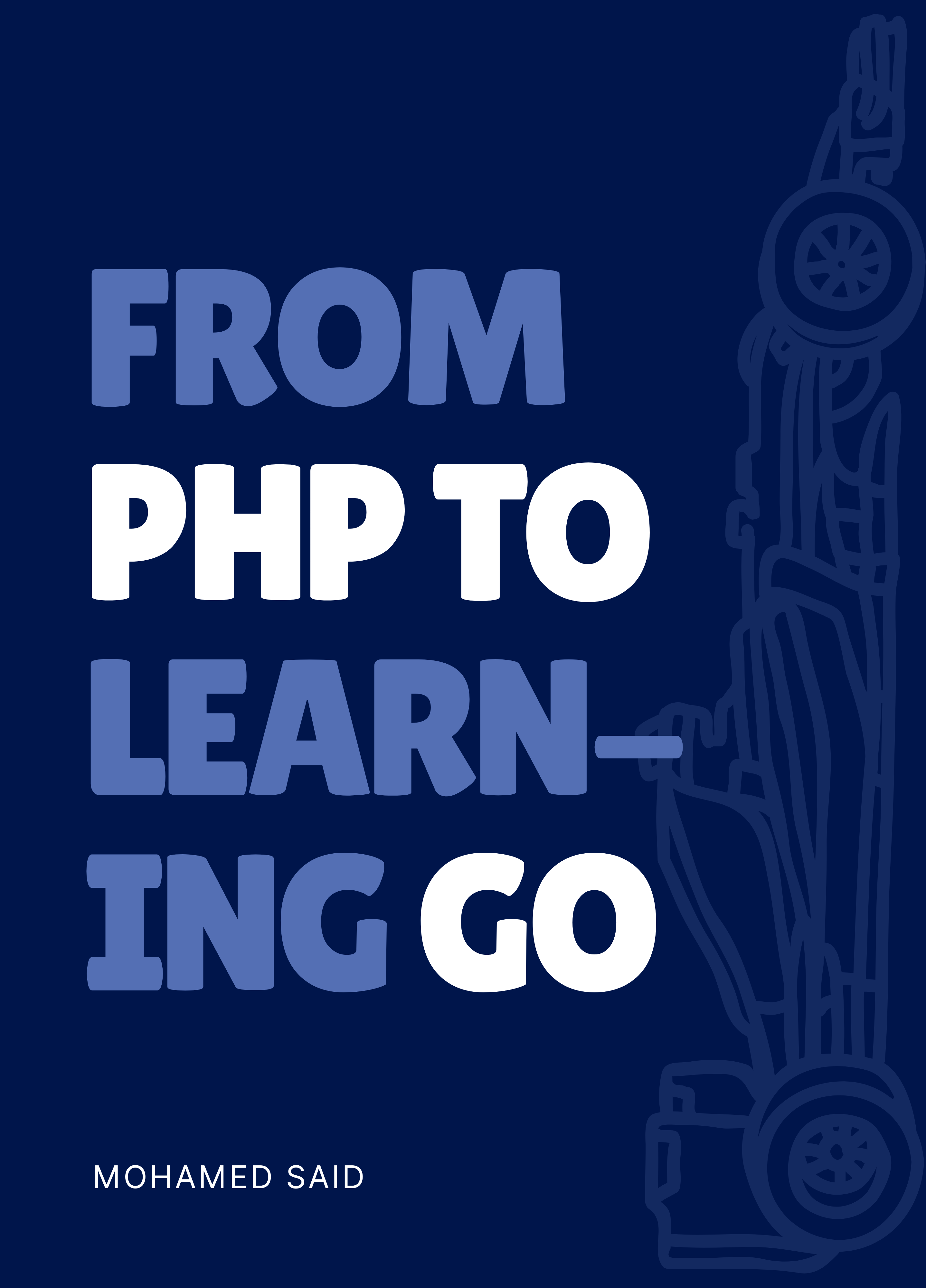Getting Started
We’ll dive into Go’s philosophy and key features, uncovering why it’s a powerhouse for modern development. You’ll install Go, write your first program, and get hands-on with basics like variables and package management. By the end, you'll have a strong grasp of Go’s setup and workflow, ready to take your skills further!
Primitive and Composite Types
Mastering Go’s type system is crucial for writing efficient code. We’ll cover the basics, from integers to pointers, then dive into arrays, slices, maps, and structs—key building blocks for complex data. You’ll also learn how to define custom types and enums to keep your code clean and organized.
Control Structures
In this section, you’ll master conditionals for decision-making and loops for handling repetitive tasks.
Functions & Methods
In this section, you’ll learn to define functions, attach methods to types, and understand how passing by value vs. reference impacts your code. We’ll also cover variable scopes, the handy defer statement for cleanup, and dive into generics for writing reusable, type-safe code.
Object-Oriented Programming
Go takes a fresh approach to object-oriented programming, focusing on composition over classes. In this section, you’ll master struct embedding for code reuse, interfaces to define behavior, and constructors/factories to create objects. Plus, you’ll learn how to achieve encapsulation, keeping your code clean, modular, and maintainable.
Concurrency
Go’s concurrency model is a game-changer, and this section dives right into it. You’ll start with the basics of concurrency, then master goroutines—lightweight threads that make concurrent programming a breeze. Learn how to manage shared memory, use channels for communication, and understand the key difference between communication and memory sharing. Plus, you'll explore contexts to manage the lifecycle of your concurrent operations like a pro!
Errors and Panics
You’ll learn to work with Go’s built-in error type, create custom error types for clearer reporting, and handle unexpected situations using panics and recover, ensuring your programs stay resilient and robust.
Interacting with the World
In this hands-on section, you’ll learn how to interact with external systems and files in Go. From handling file I/O with readers and writers to embedding files into your app. We’ll also dive into working with JSON and YAML for structured data, managing Linux signals, and setting up effective logging to track your app’s behavior.
Web Applications in Go
Go makes web development a breeze. In this section, you’ll learn how to build web servers, route requests, and serve static files. We’ll cover handling cookies, using web templates for dynamic content, and creating powerful, scalable web apps.
Databases & APIs
The final section is all about data storage and integrations. You’ll dive into connection pooling, working with SQL databases, and leveraging Redis for fast, in-memory storage. Plus, you’ll master interacting with APIs, empowering you to seamlessly integrate external services into your applications.

